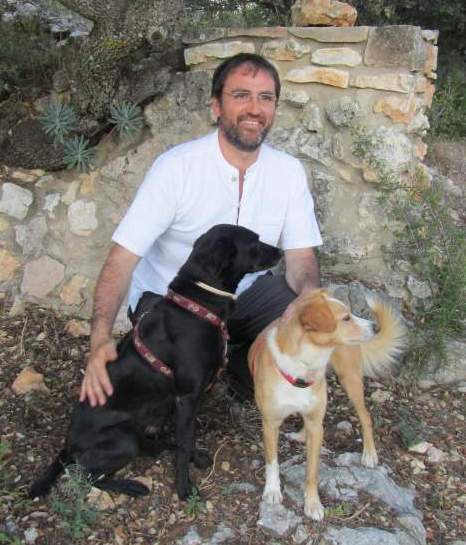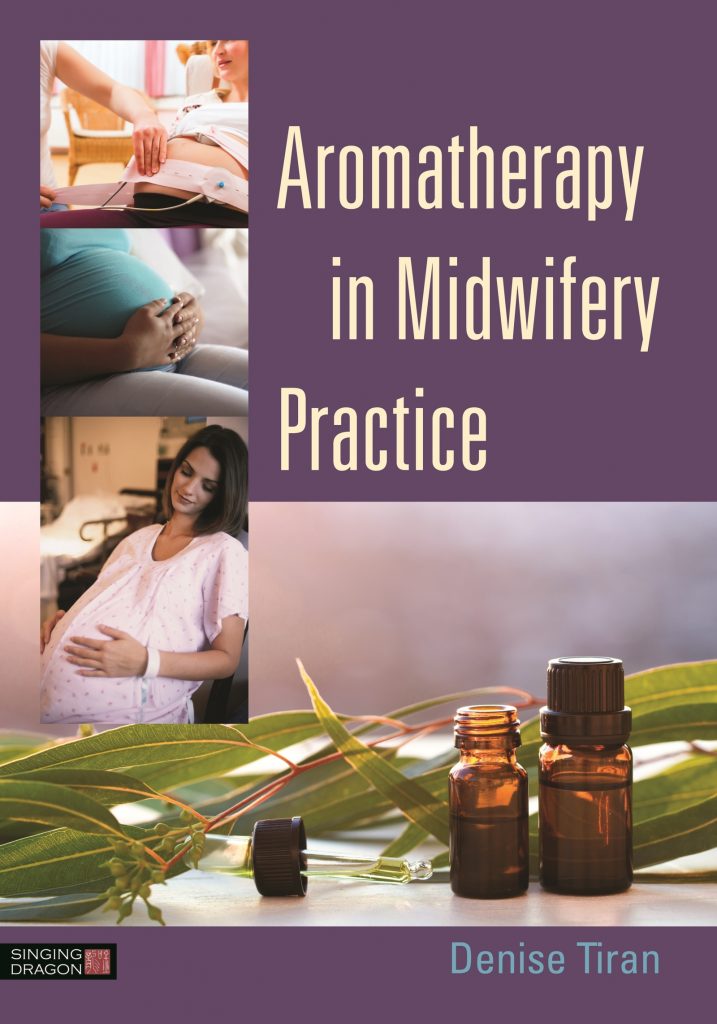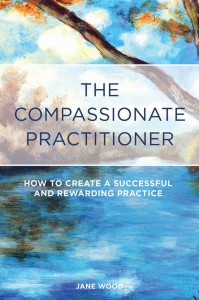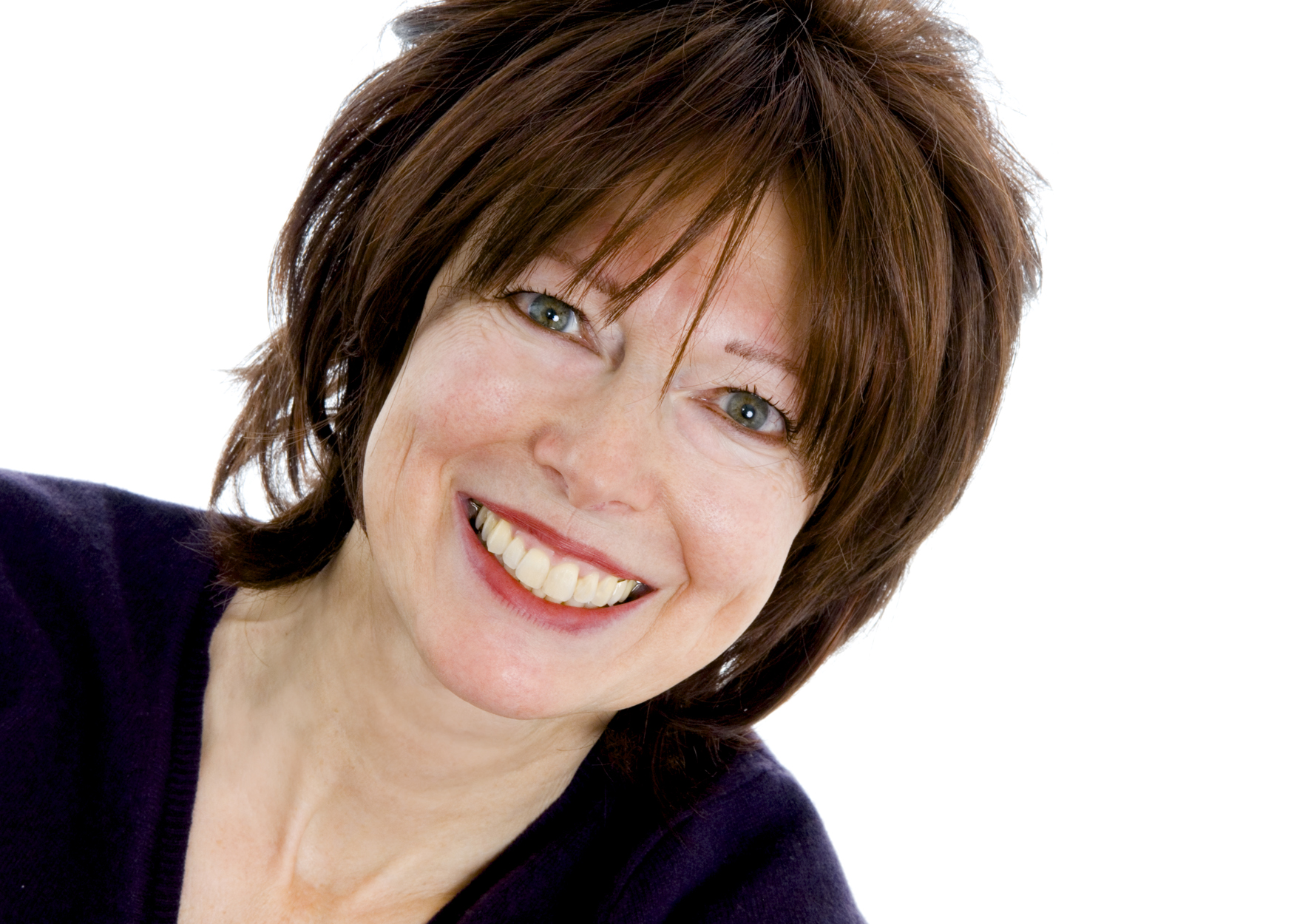Enric Homedes is a professional Bach Flower Therapist and trained at the Edward Bach Institute. He is vice-president of SEDIBAC (The Society for the Study and Promotion of Bach Flower Remedies in Catalonia, Spain), and is the author of The Handbook of Bach Flower Remedies for Animals – now published in English by Singing Dragon.
 Here, he shares his passion for Flower Therapy and the difference it can make for animals with behavioural and physical problems – and for their owners.
Here, he shares his passion for Flower Therapy and the difference it can make for animals with behavioural and physical problems – and for their owners.
*This interview with Enric Homedes has been translated from Spanish with the assistance of Daniel Kai. Warm thanks to both!
What attracted you to working with flower remedies?
In 1997 I became interested in natural therapies. I had been observing that many ailments and even diseases could subside if the patient began a treatment such as homeopathy, Bach Flower remedies, acupuncture, chiromassage, foot reflexology or other complementary therapies. Thanks to these, the patient could begin treatment with the hope of healing when modern medicine would not solve the problem.
When I encountered the work of Dr. Bach, I marveled at the philosophy behind his healing system. For him the main goal of treatment was not the remission of the disease, but to find out the cause of the person’s physical or mental illness. Our temperment, our character, the disharmony and imbalance that we ourselves generate when we live in conflict, can open the doors to illness. Imagine a person living with hatred or anger in a sustained manner. They are continually blaming others for what happens and their life is dominated by hatred. Traditional Chinese Medicine, among other ancient medicines, associates all of these emotions with liver diseases and demonstrates that a person could get seriously ill if this wasn’t corrected and balanced. Following the example above, Western medicine would focus on the body itself (in this case the liver) but not the cause that led that person to become ill.
In 1999 I began my studies at the Bach Centre in Barcelona (Spain). The remedies of Dr Bach and his philosophy would open the door to a new vision of how to think about disease and how to relieve it, not only in human beings but also in animals.
Can you tell us a bit about what you do as a Bach Flower Therapist and how you began to work with animals?
I have been a Flower Therapist since 1999 and a teacher since 2006 – the same year that the Bach Classroom Training School was created in Barcelona, which has trained a large number of students in Flower Therapy for use with humans and with animals. I have also taught Flower Therapy in various graduate programmes and courses organised by Spanish universities like the Rovira i Virgili of Tarragona (the public university of Tarragona), the Escola de Prevenció i Seguretat Integral (Comprehensive School of Safety and Prevention) related to the Universidad Autonoma de Bellaterra de Barcelona (Autonomous University of Barcelona at Bellaterra) and the holistic department at Zaragoza Veterinary College.
In recent years, like other Flower Therapy professionals, I have researched and gathered information about the use of flower remedies with animals. One of the main objectives of my work is to disseminate and share this information at national and international conferences, and at workshops in the field of veterinary medicine, canine and feline education, animal training, ethology, etc., so that professionals in these areas might consider the possibility of using them as a complementary tool in the treatment of animals that have high levels of stress and/or behavioural problems, etc.
My dedication to animals began in earnest as a volunteer in shelters for abandoned animals. The animal shelters where I worked gave me a thorough understanding of certain aspects of and behavioural problems in the animal world – and their solutions, with the help of Dr. Bach’s remedies – and at the same time, it catalysed a personal transformation in me. When we help a mistreated and/or abandoned animal we are given a wonderful opportunity to heal ourselves and discover the bond we have with the living being we are helping. These animals have taught me that, despite having been battered by fate, they display neither hatred, nor rancor, nor bitterness. They always welcome you with joy and gratitude in their eyes. They are living beings with unconditional love, always at your side when you need them. They love without expecting anything in return. Unfortunately this love does not always go both ways and they don’t always receive the treatment they deserve.
Because of these animals, and for them, I will do my bit in the hope of making a change and settling a historical debt we owe to our friends.
What is Bach Flower Remedy?
Bach Flower Therapy is a natural treatment system consisting of 38 flower remedies. It is an holistic, energetic therapy (vibrational), which helps to restore health by helping to harmonise the dysfunctions in the physical, emotional, mental and spiritual development of all living beings – whether human, animal or plant. Edward Bach was an English physician (1886-1936) who excelled in research in the field of bacteriology and homeopathy. Guided by his love and respect for nature, and for all living things, he developed a natural therapy that was simple to apply and highly effective.
Dr. Bach’s Flower Remedy has been in use for over 70 years, and in almost every country in the world. In 1983 the WHO (World Health Organization) published a study addressed to the health administrations of its member states, explicitly recommending Bach Flower Remedy (“Traditionelle et Couverture Medicine de Soins de Santé.” WHO Geneva. 1983, p. 162). Bach Flowers are also part of the Cuban health system, since 1998, and are used in many countries with more than encouraging results. Cuba’s University “Marta Abreu” of Las Villas has trained the Cuban Research Group of the Diagnostic-Therapeutic System of Edward Bach (Bach-GC) in order to research, using the scientific method, the system developed by Dr. Bach. The results of their research have been published and can be downloaded (in Spanish) from SEDIBAC’s website.
Why use flower therapy with animals, and how does it work?
 Animals, like us humans, are subject to stress and anxiety – they have to adapt to new situations, experience periods of change, feel fear, sometimes experience trauma – and Bach Flowers help them cope with any of these emotional states. There is enough casuistry about how the remedies can help the animals by solving physical problems such as allergies, ear infections, cystitis, etc. Since Bach Flowers are not drugs, and have no adverse side effects, there is no possibility of overdose and they are fully compatible with any drug treatment by a veterinarian and the education standards set by animal behaviourists, trainers and educators.
Animals, like us humans, are subject to stress and anxiety – they have to adapt to new situations, experience periods of change, feel fear, sometimes experience trauma – and Bach Flowers help them cope with any of these emotional states. There is enough casuistry about how the remedies can help the animals by solving physical problems such as allergies, ear infections, cystitis, etc. Since Bach Flowers are not drugs, and have no adverse side effects, there is no possibility of overdose and they are fully compatible with any drug treatment by a veterinarian and the education standards set by animal behaviourists, trainers and educators.
Bach Flowers, like other flower remedies, are neither herbal infusions nor herbal extracts because they do not contain any active ingredients, i.e., they do not contain chemicals that are incorporated into the cellular metabolism of the animal that takes them.
Bach Flowers are vibrational, or energetic, remedies that help restore the balance of living beings who after experiencing a conflict have fallen ill. In the same way that a tuning resets the tone of a flat instrument, flower remedies restore lost balance and harmony to the living being. The flower remedies attempt to cure diseases and any imbalance (physical, emotional, behavioural, etc.), manipulating one’s energy fields by providing high-frequency life energy.
Can tell us about the first animal you treated with Bach Flower Therapy?
The first animal was a dog called Nora. Twelve years ago, Nora had a behavioural problem that in canine training education is called ‘resource guarding aggression’. Nora was over-protective of her owner – a resource that provided many benefits (food, petting and the safety of a household). Her possessive agression manifested in growls every time someone approached the owner. Having tried to bite a neighbour, Nora became my first ‘dog-client’ to try Bach Flower Therapy. The case was quite urgent as the owner was considering putting her down. This opportunity to start treating animals with Bach Flowers brought me to the question: What flower remedies should I use to treat Nora? Should I use the same flower remedies that I had been using to treat possessive people? I started considering flower remedies for managing her distrust and jealousy (Holly); the low tolerance of anyone who ‘stepped on her turf’ (Beech); her possessiveness (Chicory); and especially her uncontrollable emotional responses to the external stimuli that causes the aggressive behaviour (Cherry Plum).
Surprisingly, after a week of administering the five flower remedies to Nora at least four times a day, her aggressive behaviour significantly improved. After seeing this rapid improvement, I continued to administer the remedies for two months, and consequently Nora achieved complete remission from her behavioural problem.
The rapid resolution of Nora’s case brought me to a new question: Do animals always respond to flower treatment so quickly? I knew that they experience emotions more linearly, with no mental amplification, without intellectual analysis and without having to integrate or accept the emotion. They feel and express them in the moment, fully and intensely. These considerations could justify why Nora had responded so quickly to treatment. Unfortunately, since treating Nora I have not achieved a resolution as quickly as I’d hoped in some cases, especially when dealing with the complex problem of aggression. This has led me to believe that, in some cases where a change in anomolous behaviour is necessary, Flower Therapy should be combined with animal education guidelines. Remember also, that some behavioural problems are rooted in a physical problem and therefore an initial diagnosis by a veterinarian is always essential.
What are some misconceptions about Bach flowers? How does your book help to correct or dispel these?
The first misconception is that the well-known and widely used Rescue Remedy® can change the character of an animal. The book explains at length that the remedy serves primarily to quickly stabilise the animal in a specific emergency situation.
The second misconception is the belief that the remedies are placebos. The book presents several cases where physical situations are resolved, such as allergies, inflammation, etc., by using only flower remedies.
The third is the argument that flower essences can always resolve on their own any alteration in an animal. This is false and the book explains at length that, in addressing the problem of an animal – be it physical, emotional or behavioural – the veterinarian, animal trainer and flower therapist must work in synergy. Unfortunately there is not always a good understanding between these three groups and this hampers the effectiveness of treatments.
The fourth is to assert that the remedies do not work because sometimes the owner hasn’t noticed any positive changes after administering the treatment to his or her animal. The book repeatedly describes that many times the owners fail to correctly interpret what the animal expressed through its body language – its calming signals, etc.; or they haven’t considered that the problem would be solved simply by addressing the needs of the animal properly, such as enhancing the quality and frequency of their walks, considering nature outings, etc.; or they haven’t thought about how much responsibility they, the owner, have for their animal’s anomalous behaviour, such as when they pull on the leash or pick up the animal up whenever they come across another dog or person. This is a common unconscious error that owners make which can cause aggressive behaviour in the animal. I remember the case of a German shepherd that was aggressive towards children. When we went walking together, I saw the owner pulling the leash (fearing it would attack) every time they came across a child. In ‘dog speak’, the owner was unconsciously alerting the dog that children are dangerous. This case could not be resolved properly if, in addition to using Bach Flowers to reduce the animal’s stress, the owner had not been warned that her behaviour was contributing to the problem. In many cases guidelines should be prescribed to the owner as well as the animal. The book provides canine and feline education guidelines and suggests behaviour modifications for pet owners in order to change the bad habits that may have triggered the problem in the animal.
What is your philosophy on health and healing? Do you think more people should look for more homeopathic solutions for themselves as well as for their animals?
When I arrive at someone’s home to treat an animal, I start looking inside the house and at the family members living with it, in order to try to understand their personalities and what kind of relationship each of them has with the animal. Many times I find out that the habits of the family or the personality of one of the family members is contributing greatly to the problems of their pet. All this ‘nonverbal’ information is very valuable in addressing treatment. Many times this leads me to propose the need to also treat some member of the family. Often the animal’s anomalous behaviour is solved by treating these problem simultaneously.
For this reason it is important that an animal’s owners treat their own emotional imbalances using flower remedies, homeopathy, etc. In 70% of treated cases, I have found that the cause of the animal’s imbalance is the lack of affection from their owner, and the owner’s fears and negative emotional states. If we approach the problem together, treating simultaneously both the animal and its owners with Bach Flower Therapy, we can balance the emotions and thus eradicate the disease throughout the whole family.
Copyright © Singing Dragon 2011.
 Complementary Therapies in Maternity Care by Denise Tiran is one of our new books from January for midwives, doulas and maternity care professionals who are working with new and expectant mothers. We have an extract from the book, in which you can read how herbal medicine and homeopathy can be implemented into maternity care, both during and after pregnancy.
Complementary Therapies in Maternity Care by Denise Tiran is one of our new books from January for midwives, doulas and maternity care professionals who are working with new and expectant mothers. We have an extract from the book, in which you can read how herbal medicine and homeopathy can be implemented into maternity care, both during and after pregnancy.  Aromatherapy in Midwifery Practice
Aromatherapy in Midwifery Practice




 Here, he shares his passion for Flower Therapy and the difference it can make for animals with behavioural and physical problems – and for their owners.
Here, he shares his passion for Flower Therapy and the difference it can make for animals with behavioural and physical problems – and for their owners.